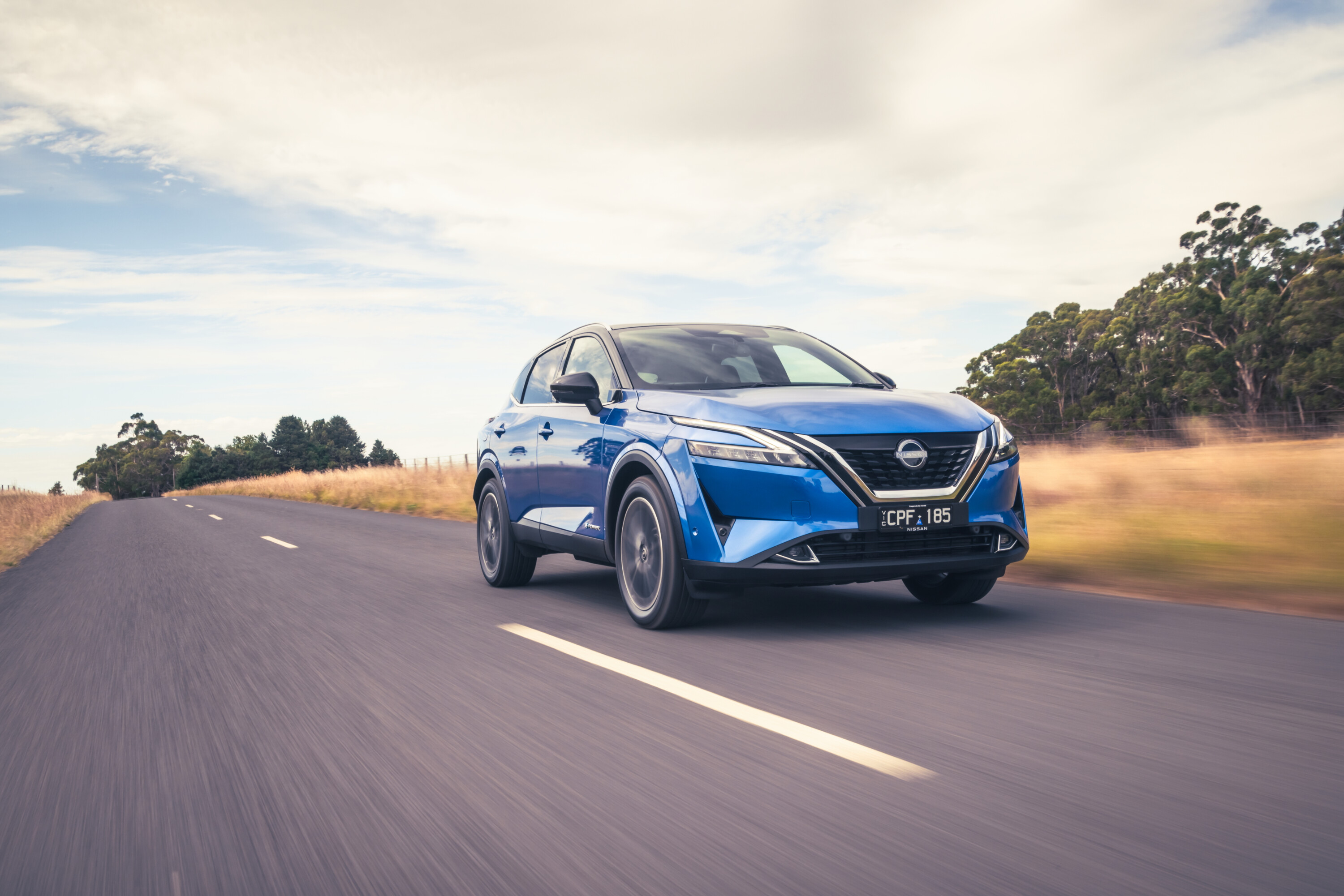Score breakdown
Things we like
- Generous interior space
- Big touchscreen with wireless CarPlay
- Refined and punchy engine
- Excellent road-holding
Not so much
- Fidgety small bump ride
- No hybrid hero… yet
- Expensive servicing
- ST, ST+ get plastic steering wheel
Revealed globally in February 2021, the 2023 Nissan Qashqai has taken nearly two years to reach Aussie shores. In that time, the pandemic’s grip has loosened on the world’s neck and a war’s broken out, but it was rogue grass seeds on a container ship that were the final nail in the Qashqai’s delayed Aussie arrival.
The Qashqai lands initially in petrol-only form; like its bigger X-Trail sibling the e-Power hybrid powertrain is lagging behind, but at least we’ve finally sampled the latest version of what is said to be the original small SUV on Aussie shores.
It’s probably more accurate to say the first-gen Toyota RAV4 (1994-2000) or the Matra Rancho (1977-84) were the compact SUV innovators, but with three million units sold globally, the British-built Nissan Qashqai (originally Dualis to us Aussies) is the segment definer.
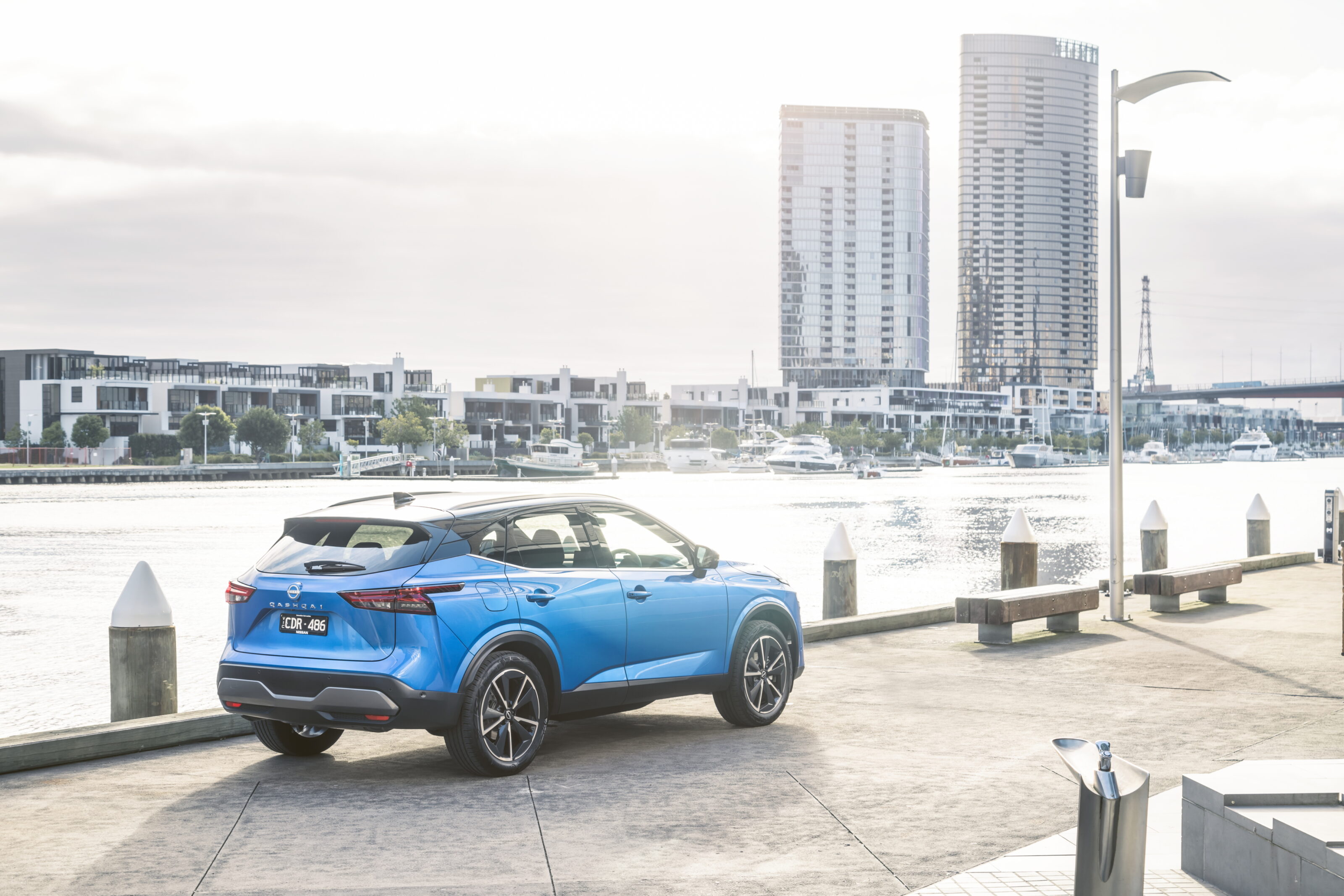
The third-generation ‘J12’ Qashqai is available here in four trim levels spanning $33,890-$47,390 before on-road costs. It shares the Renault–Nissan–Mitsubishi alliance vehicle to sit on new CMF-C underpinnings, bringing a 48 per cent improvement in torsional rigidity.
The J12 Qashqai has grown in every dimension, being 31mm longer, 30mm taller, 29mm wider and riding on a 19mm longer wheelbase than before.
Incidentally, there’s more room between the Qashqai’s front and rear wheels than a Subaru Forester’s and while the last Qashqai was already pretty generous on interior size, this new one makes an even stronger case for downsizing out of a medium SUV.
That said, the price certainly reflects its new-found dimensions.
Moving to a new platform supports modern tech inside, with an equal biggest in-class (with the Haval Jolion) 12.3-inch touchscreen that features wireless Apple CarPlay. It’s also a lot more expensive, between $3300 more in base ST form and $8300 Ti trim.
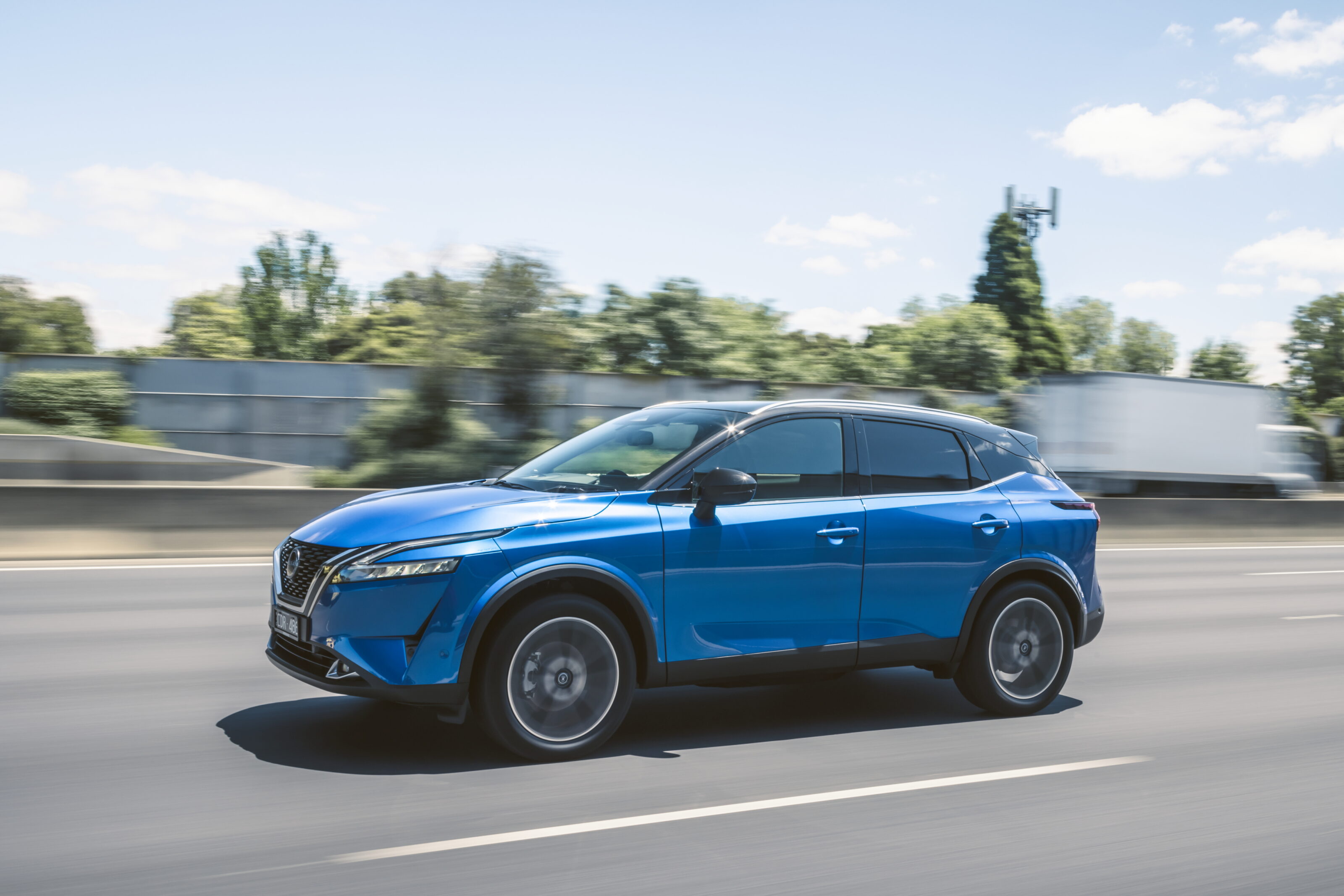
JUMP AHEAD
- How much is it, and what do you get?
- How do rivals compare on value?
- Interior comfort, space, and storage
- What is it like to drive?
- How safe is it?
- Warranty and running costs
- VERDICT
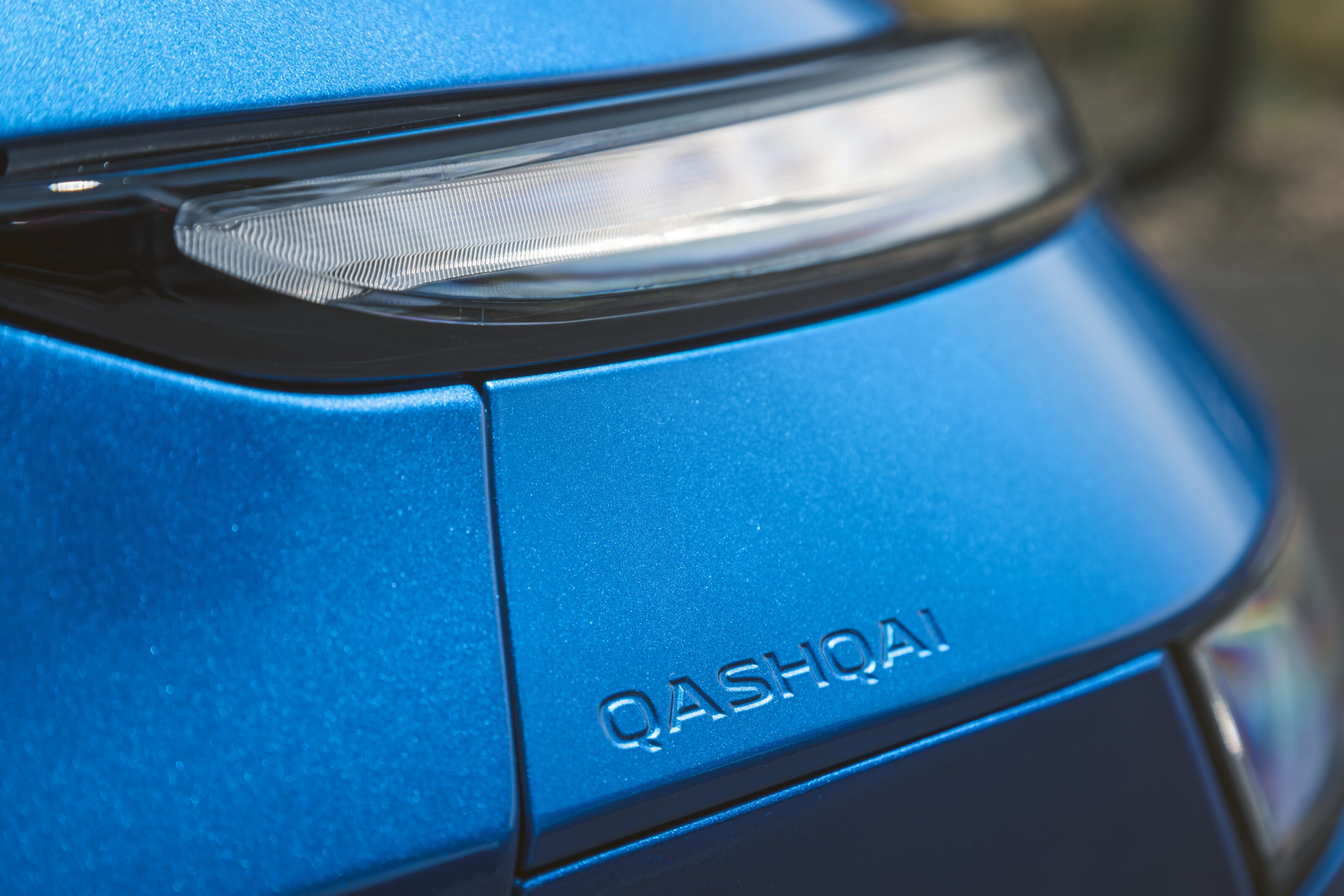
How much is it, and what do you get?
It helps that the new Euro-penned Qashqai is handsome; distinctly Qashqai in its proportions, but with razor-sharp LED lighting details and confident body lines.
Further little touches like the new Nissan emblem with pearlescent white text lift its kerb appeal. Both the ST-L and Ti ride on handsome 19-inch alloys.
Nissan offers four Qashqai grades kicking off with the ST ($33,890 before on-road costs) and ST+ ($37,890 before on-road costs) that are effectively the same in material terms with cloth upholstery, manual seat adjustment, 7.0-inch digital driver display, as well as LED lights front and back.

The ST+ plus gets the 12.3-inch touchscreen and wireless Apple CarPlay, LED foglights, one size bigger 18-inch alloys and auto wipers. Like its smaller Juke sibling, both base grades get a plastic steering wheel.
However, we didn’t get to sample the base cars as only the ST-L ($42,190 before on-road costs) and Ti ($47,390 before on-road costs) were available at launch. Nissan anticipates these will be the volume sellers; initially, it’ll be the glitzy Ti that garners all the attention but over time the ST-L will likely take the larger slice.
We can see why; it seems the ST-L has all you need and nothing you don’t. Just like the range-topper, it’s equipped with adaptive LED headlights, dual-zone climate control, 19-inch alloy wheels, cloth and leather upholstery, heated eight-way electrically adjustable front seats, a leather-appointed heated steering wheel, front and rear parking sensors and adaptive cruise with stop-and-go function.
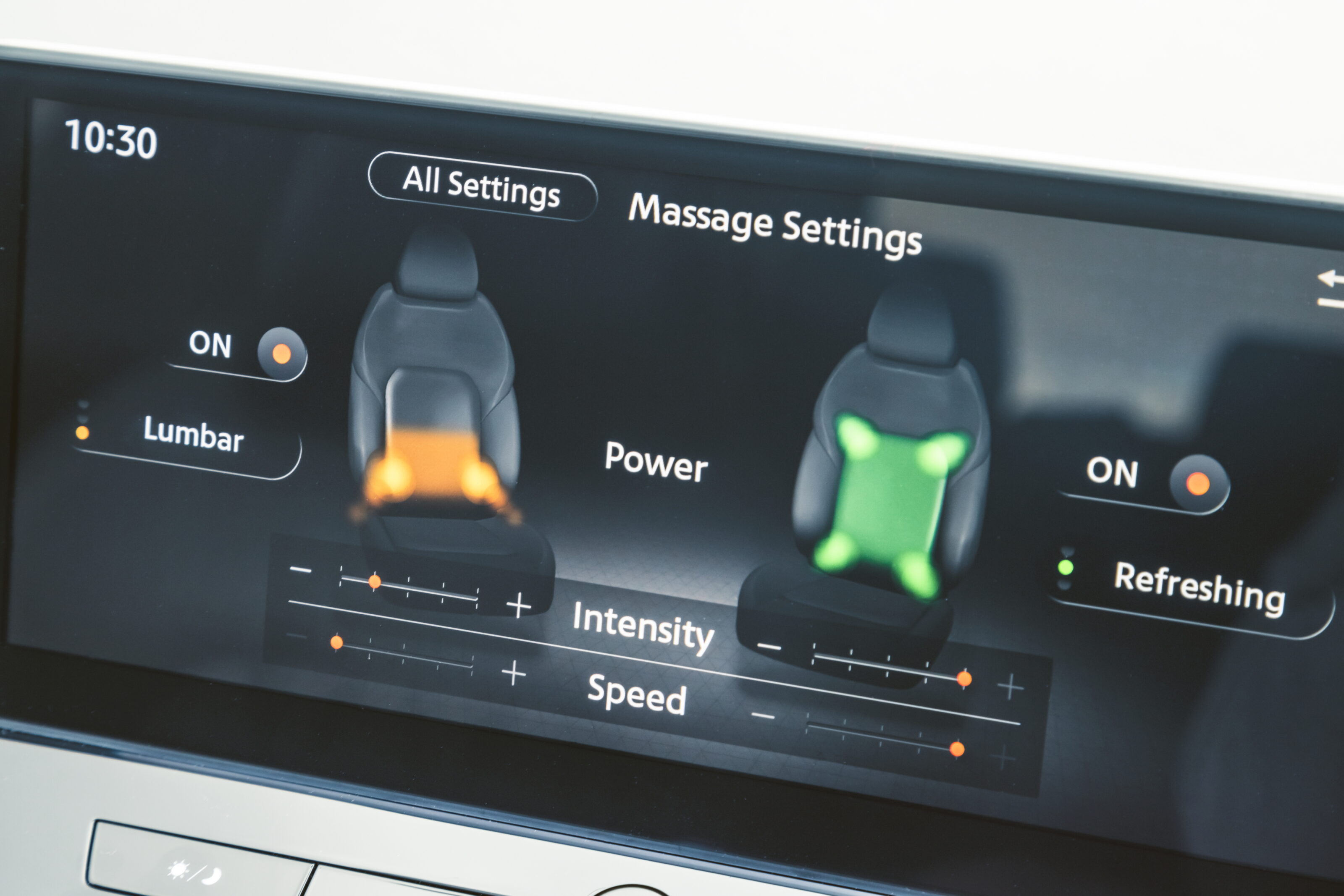
The Ti takes things up a notch with a 12.3-inch digital instrument cluster, panoramic sunroof, quilted leather upholstery and massage function for the front seats (making it the only other massage-equipped small SUV other than a Citroen C4), 10-speaker Bose sound system, power tailgate and Qashqai’s signature ‘Divide-N-Hide’ boot storage function.
Nissan only offers one option on Qashqai, that being a contrast roof colour for $500 extra on ST+ trims and up, for a total of 13 exterior colour permutations.
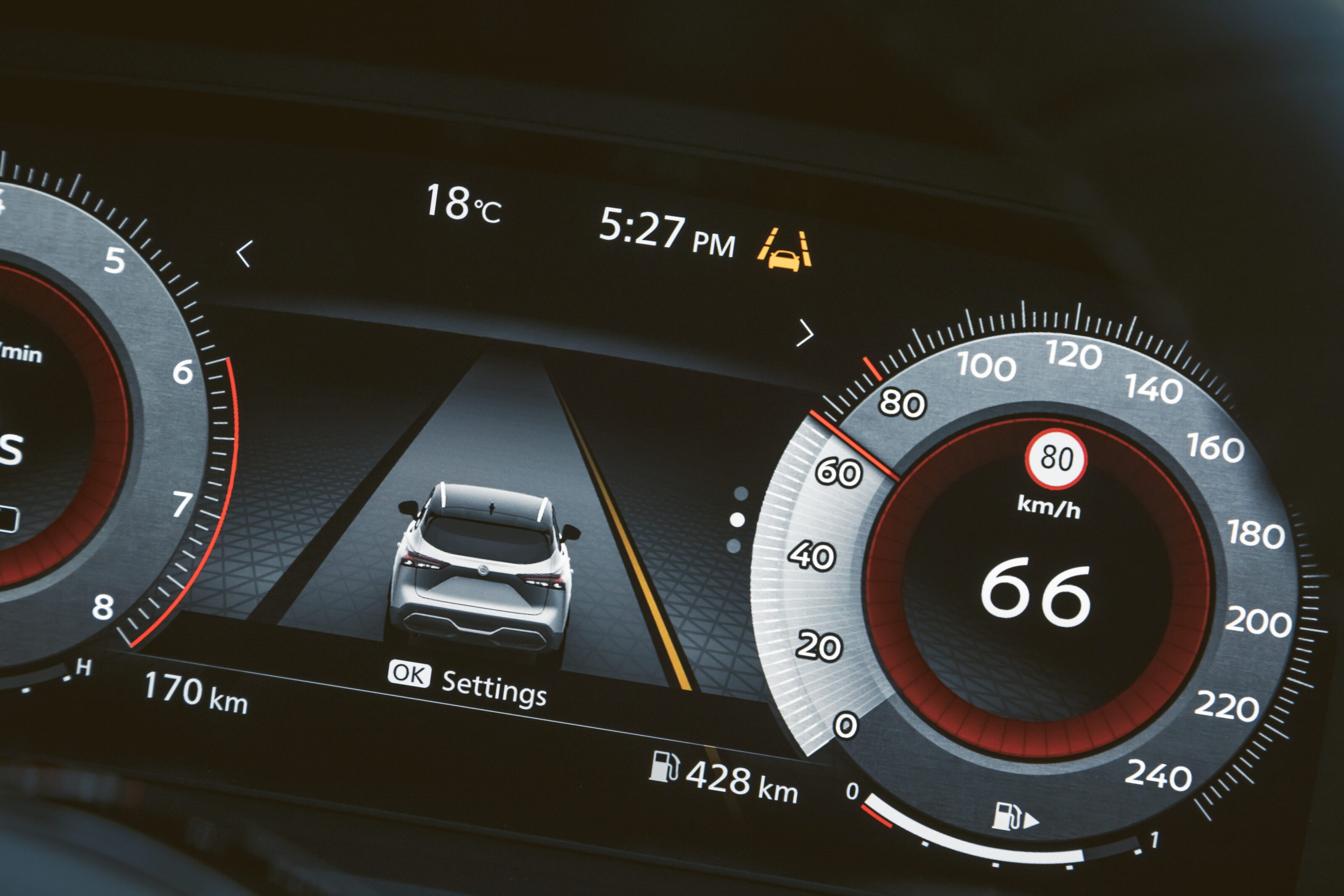
How do rivals compare on value?
Unlike its latest and greatest rival, the Toyota Corolla Cross, the Qashqai grade jumps feel sensible – you don’t need the Ti for it to feel complete.
The Corolla Cross GXL (from $36,750 before on-road costs) has interior switch blanks and nasty plastics don’t hold a candle to the Qashqai’s nicely-grained items. The Qashqai’s screens are also more responsive and better presented.
The small SUV segment is no walk in the park, with 21 other options currently on sale, including the Volkswagen T-Roc 110TSI Style ($37,100 before on-road costs), Hyundai Kona N Line ($37,100 before on-road costs), Mazda CX-30 G25 Touring ($38,190 before on-road costs), Kia Seltos Sport+ AWD ($41,990 drive-away), Skoda Kamiq Monte Carlo ($42,990 drive-away) and $33,990 drive-away Haval Jolion Ultra – the only rival with a screen as big available.
Nissan’s Qashqai ST-L is most closely aligned with the variants above, and next to some – especially the Haval Jolion – the $42,190 (before on-road costs) price is steep.
And at the top of the Qashqai range, Nissan’s small SUV suffers a similar fate to the Toyota Corolla Cross and RAV4. The $47K Qashqai Ti runs rather close in price to Nissan’s medium SUV, the 25.5cm longer X-Trail Ti ($49,990 before on-road costs).

Interior comfort, space and storage
The Qashqai does hit back though. Sitting at the larger end of the small SUV spectrum, it truly could fit a family of four without a struggle.
Some of this comes from physical improvements over the old car, such as 22mm more legroom, an additional 28mm of front shoulder room and rear doors that open to 85 degrees. There are thoughtful equipment choices that help, too, including air vents and a pair of USB points (one A and one C) in the back seat of every grade.
It’s a spacious little SUV with plush backrests and squabs, though it doesn’t quite match the practicality and customisability of the Volkswagen T-Roc and Skoda Kamiq’s fully adjustable rear benches.
The Qashqai’s boot is almost best-in-class providing you don’t go for the Ti with its Bose subwoofer and clever ‘Divide-N-Hide’ cargo solution robbing a little bit of outright space but providing an excellent way to stop shopping sliding about. A space-saver spare is included under the boot floor, and there’s an easily accessible 12-volt socket, too.
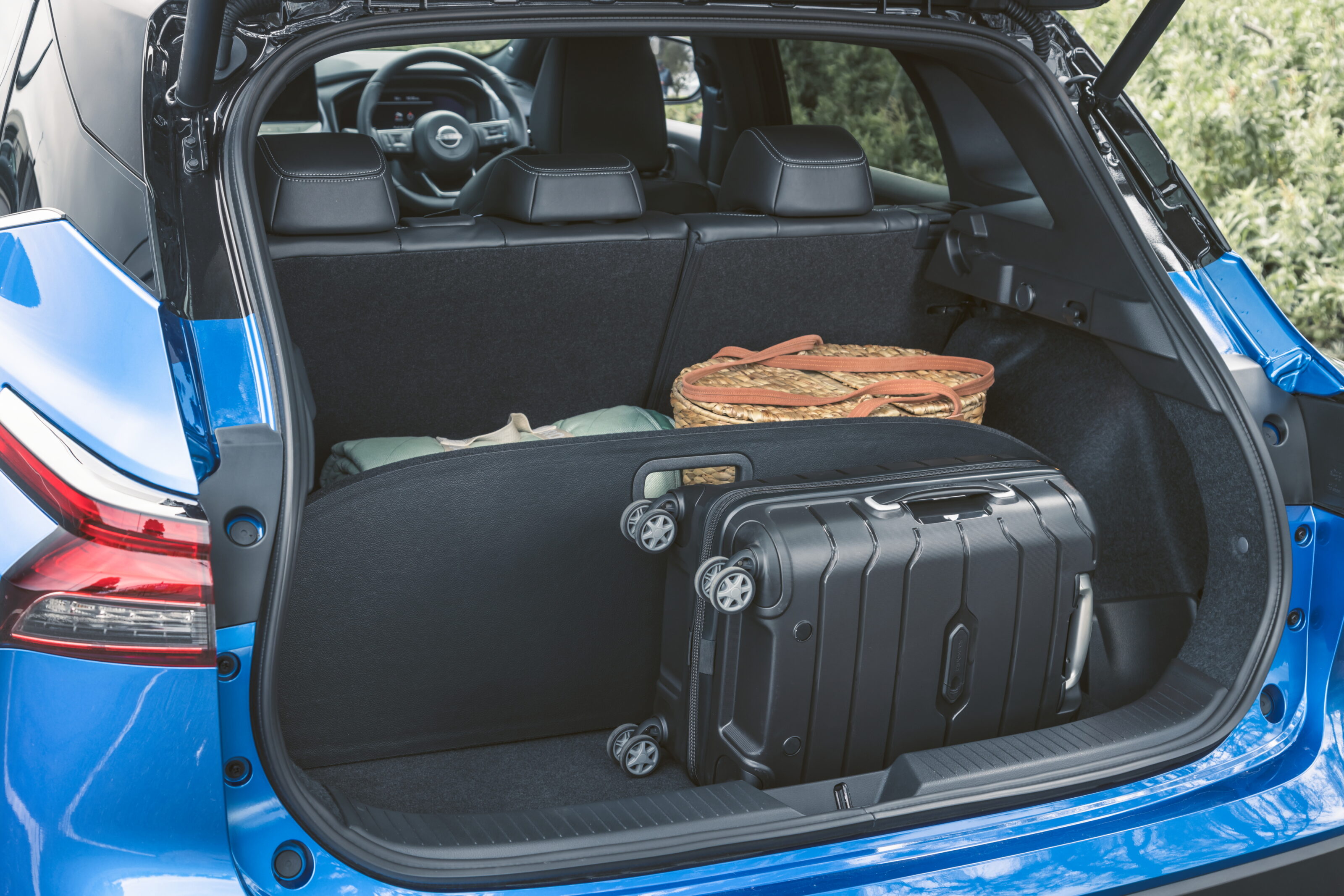
| Small SUV boot comparison | |
|---|---|
| Kia Seltos | 433L |
| Haval Jolion | 430L |
| Nissan Qashqai | 418-429L |
| Toyota Corolla Cross Atmos | 425L |
| Mitsubishi ASX | 393L |
| Volkswagen T-Roc 140TSI | 392L |
| MG ZS | 359L |
| Mazda CX-30 Astina | 317L |
From the driver’s seat, the Qashqai impresses in a different way. Its 7.0-inch digitised driving cluster works well in the ST-L and the Ti’s 12.3-inch display is excellent, right up there with the best.
Seating – always a highlight in a Qashqai – is very comfortable in both top specs. Electric adjustment is ample, and the Ti’s cosseting quilted leather combined with a massage function (although no substitute for a real Shiatsu) does a better job than the Citroen C4’s attempt.
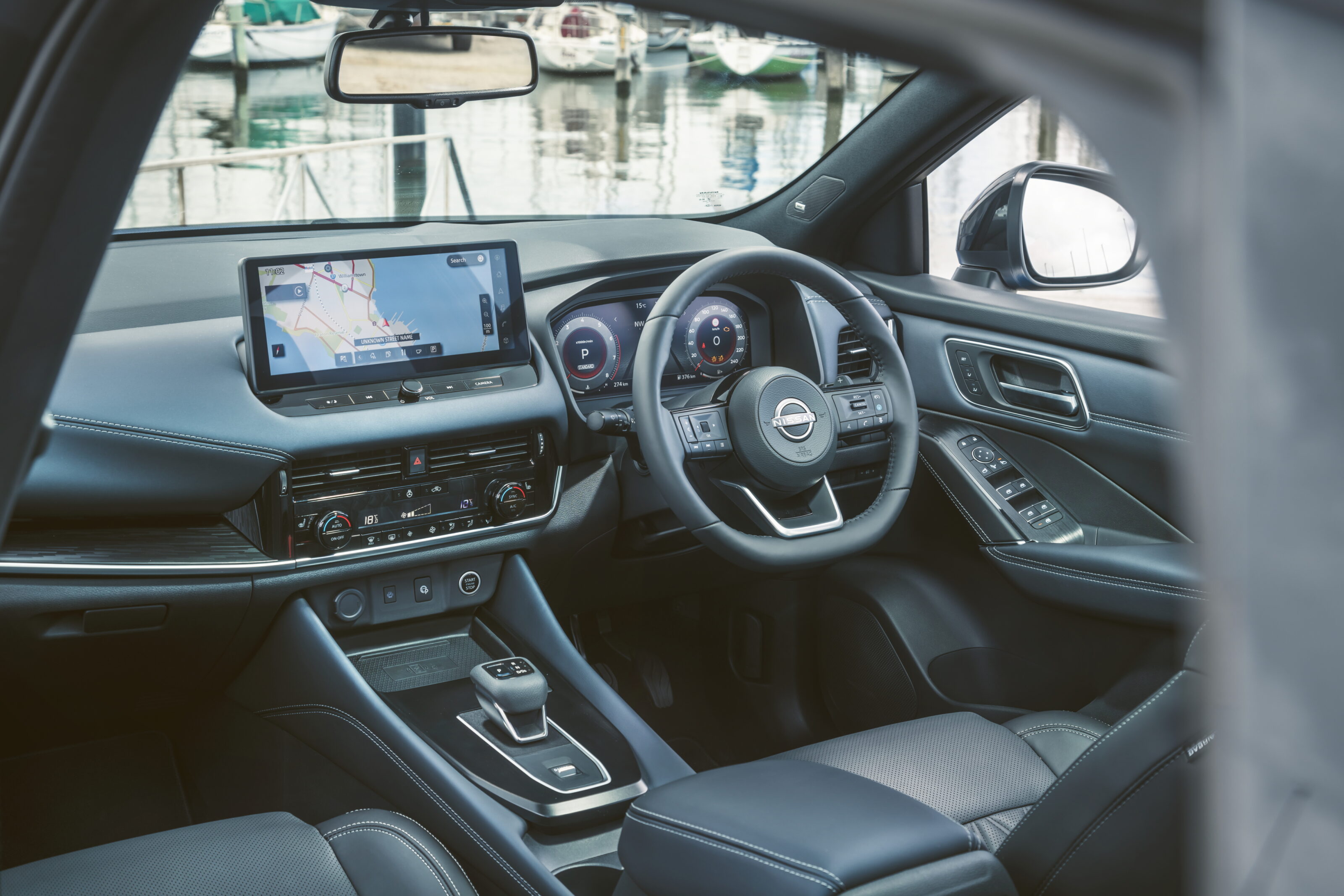
The 12.3-inch touchscreen falls easily to hand and we had no issues with wireless mirroring. You have a choice of USB-A, USB-C or 15-watt wireless charging pad to juice up devices on the go.
Drinks storage is good, with sizable door bins, two cup holders and more odds-and-ends space beneath a covered central cubby.
Material quality is also excellent in the Qashqai, with luxurious padding on the dash, front door tops and where you naturally rest your arms. The ST-L and Ti may be expensive, but the trimmings inside go a long way to justifying their cost.
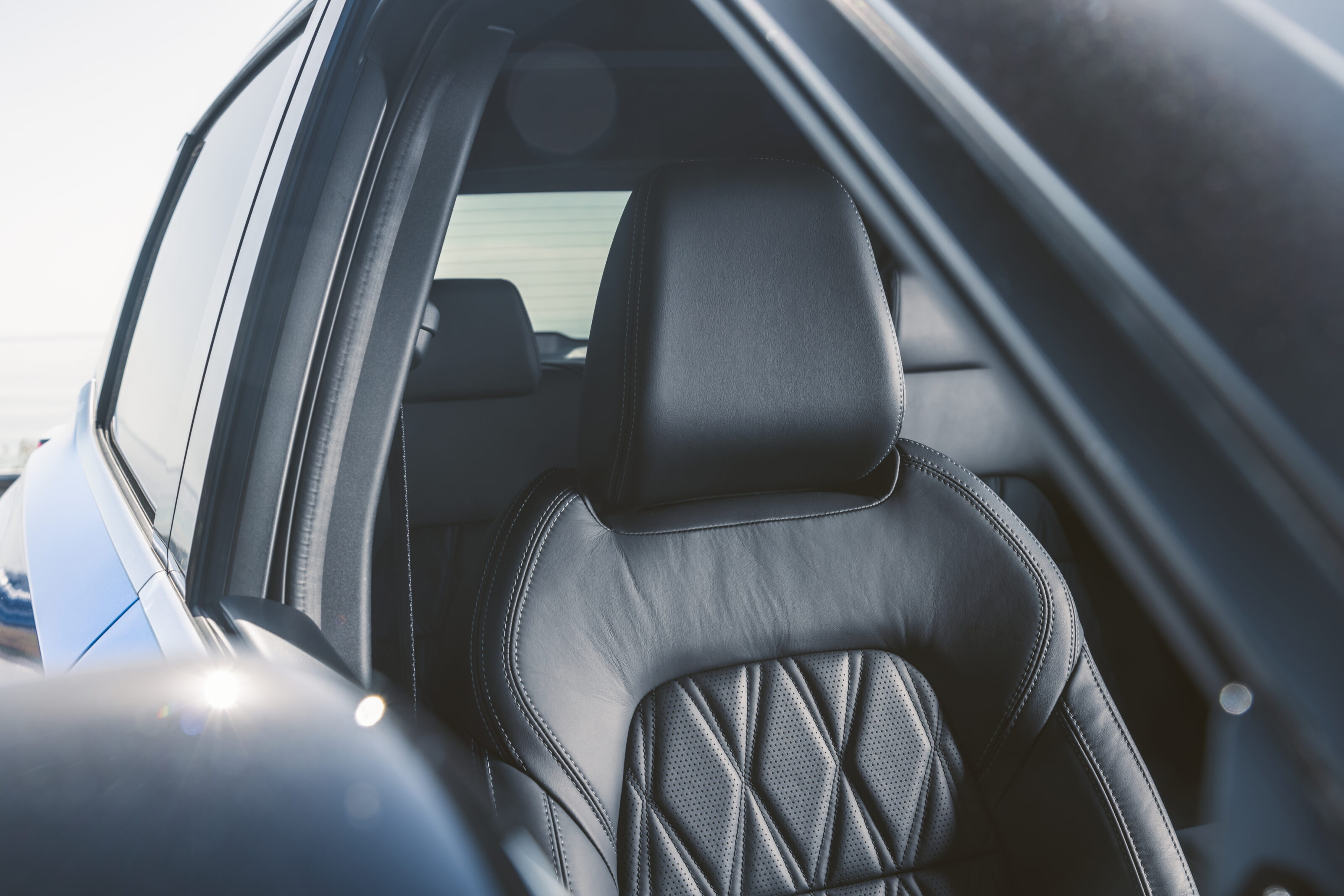
What is it like to drive?
The basics
| Engine | 1.3-litre four-cylinder turbo-petrol |
|---|---|
| Power | 110kW @ 5500rpm |
| Torque | 250Nm @ 1600-3750rpm |
| 0-100km/h | 8.9 seconds |
| Transmission | continuously variable |
| Body | 5-door, 5-seat small SUV |
| Fuel / tank | 95 RON / 55 litres |
| Fuel consumption | 6.1L/100km (ADR 81/02) |
| Boot space | 418-436L |
Apart from nearly 50 per cent more torsional rigidity, the Qashqai’s party trick is that every trim gets sophisticated multi-link rear suspension, whereas most front-drive rivals – including the T-Roc and Corolla Cross – make do with a simpler torsion beam.
This should bestow a silky smooth and flexible rear end as well as confident roadholding, allowing each of the Qashiqai’s rear wheels more autonomy to track the bumps in the road, rather than being tied together and thumping into the cabin.
Initial sampling of the Qashqai unearthed excellent damping support and control on big hits, but a constant fidget on rippled tarmac and stutter bumps. Not enough to ruin the experience, though we expected a silkier ride. Perhaps the smaller-wheeled ST and ST+ will fare better.

After a jaunt into Melbourne’s inner streets confirmed the Qashqai’s good forward visibility and well-tuned lane-trace assist/cruise control programming (bundled into Nissan’s ProPilot system on the ST-L and Ti), we were given a demonstration of the auto-parking tech.
The system worked well enough and would ease the hassle of threading the car into a tight parallel or multi-storey situation.
Moving onto some twistier urban roads, the Qashqai’s planted chassis shows plenty of promise, no doubt helped by quality 235/50 R19 Continental Eco Contact rubber.
The steering is light in Normal mode with a fair amount of sneeze factor off-centre. Selecting Sport mode firms things up but the Qashqai’s front end doesn’t inspire as much confidence as Corolla Cross’s pointy tiller.
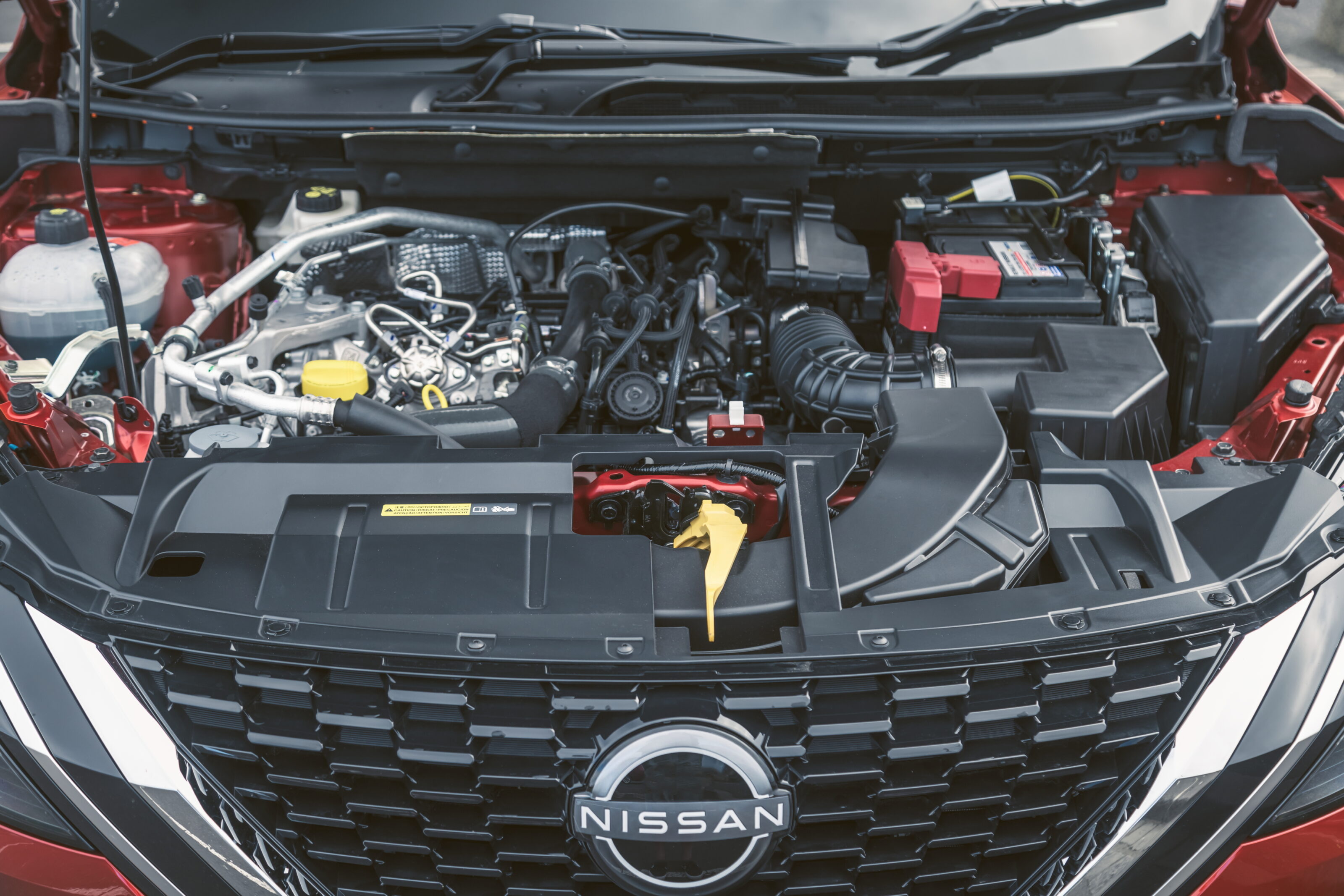
One highlight is the 1.3-litre turbo-petrol four-cylinder though, its 110kW of power and 250Nm of torque are enough to motivate the sunroof-equipped 1524kg Ti acceptably well.
Although the Qashqai has an automatic continuously variable transmission (CVT) it’s not constantly revving when making any sort of progress thanks to the torque peak coming in from 1600-3750rpm, and power peaking at a modest 5500rpm.
The final run we were treated to was a night spin around Melbourne to test the Ti and ST-L’s adaptive headlights that automatically trim the beam when an oncoming vehicle is detected, allowing high beams to remain on and providing maximum visibility for the driver at all times.
It’s probably a shining compliment to the system to say we didn’t notice it operating, but a long-term test in the Qashqai will teach us more about this clever lighting technology.
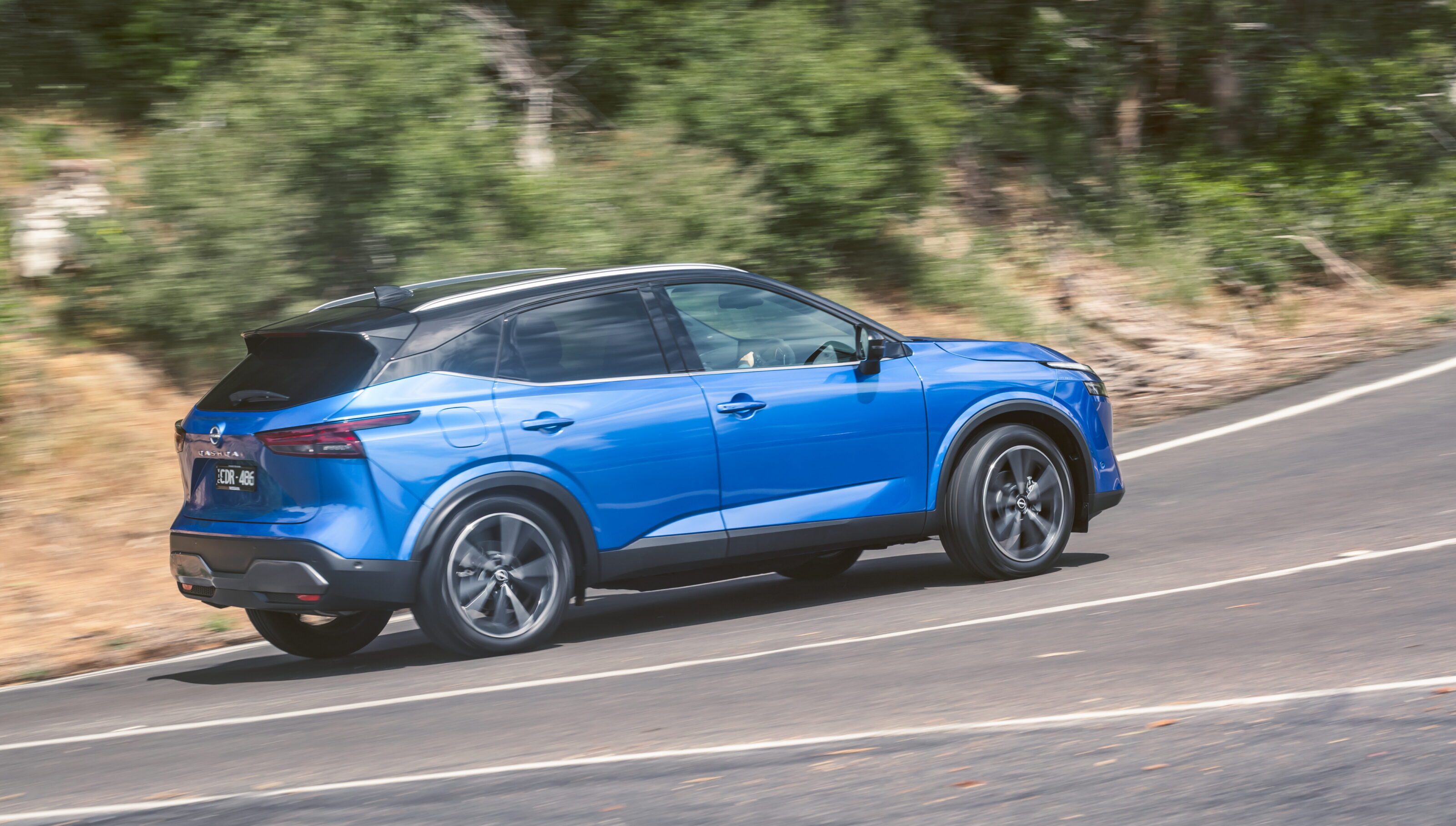
How much fuel does it use?
Aside from the far stiffer underpinnings, the new Qashqai’s turbo-petrol engine culls consumption to 6.1L/100km on the ADR 81/02 cycle.
That’s down 11 per cent on the old 2.0-litre direct-injection petrol’s 6.9L/100km rating, although the new Euro 6 compliant 1.3-litre unit does require 95 RON premium unleaded petrol. We saw 8.2L/100km on test.
Nissan will introduce its e-Power series hybrid powertrain on the Qashqai a few months after its initial launch in the larger X-Trail (which takes place in the first quarter of 2023).
Although it’s yet to be homologated in Australian testing, the Qashqai e-Power returns 5.3L/100km on the WLTP combined cycle.
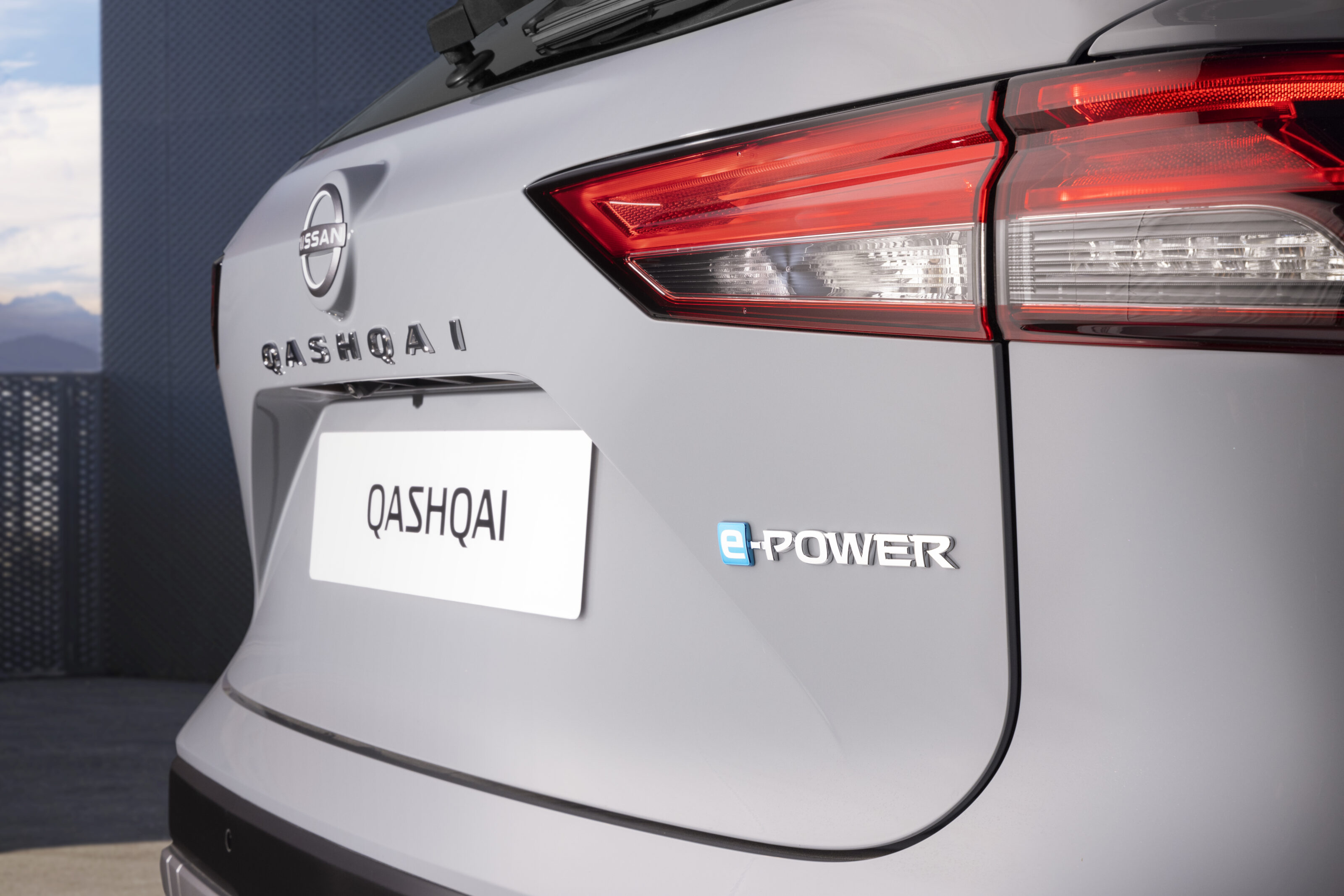
How safe is it?
The Nissan Qashqai was awarded five stars in 2022 ANCAP safety testing.

All Qashqai grades feature forward auto emergency braking (AEB) with car, pedestrian, cyclist and junction detection as well as reverse AEB, rear cross-traffic alert, blind-spot monitoring, lane departure warning, lane-keep assist and a centre airbag for seven in total.
Moving up to the ST+ adds a high-quality 360-degree monitor. The two top-spec models tested at launch both get Nissan’s ‘ProPilot’ semi-autonomous driving suite packaging lane-trace assist with adaptive cruise control that has traffic jam assist. The system is leaps ahead of the previous Qashqai’s effort and right up there in refinement terms with the Volkswagen T-Roc R-Line’s ‘Highway Travel Assist’.
Other niceties on the top-spec cars include front parking sensors and automatic parking on the flagship Ti.
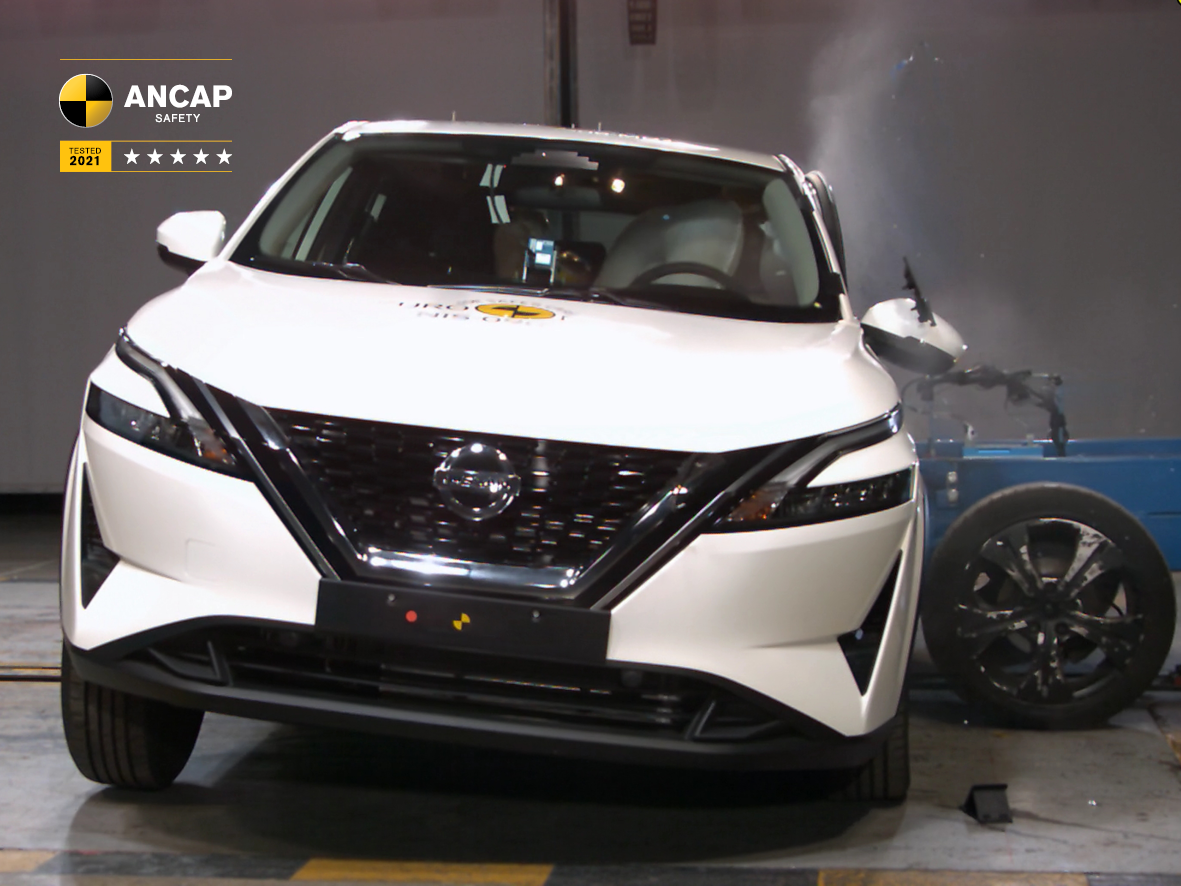
Warranty and running costs
Nissan covers the Qashqai with a five-year, unlimited-kilometre warranty, as has quickly become the industry standard.
Servicing is due every 12 months or 15,000km, which again is right on the money with peers such as the Toyota Corolla Cross and Mitsubishi ASX.
But the Qashqai isn’t cheap to service. Over five years or 75,000km it’ll cost $2916 to service at a Nissan main dealer, or an average of $583.20 annually – and the 90,000km service will set you back a whopping $1018.
VERDICT
Initial impressions of the new Qashqai are very positive indeed.
This is a much better small SUV, with a vastly refined engine and cabin ambience – not to mention an excellent technology package.
There were a few hang-ups; the fidgety low-speed ride had some slight alarm bells ringing and we didn’t get to really delve into the Qashqai’s twisty road talent – a longer drive on better-known roads will help.
But overwhelmingly the Qashqai seems like a good thing. The Ti is too costly for our tastes, so while $42K for the rung-down ST-L sounds steep, it’s the variant with all the tech and creature comforts you need.
2023 Nissan Qashqai specifications
| Nissan Qashqai ST-L | Nissan Qashqai Ti | |
|---|---|---|
| Engine | 1.3-litre turbo-petrol in-line 4-cylinder, 16-valve, direct injection | |
| Power | 110kW @ 5500rpm | |
| Torque | 250Nm @ 1600-3750rpm | |
| 0-100km/h | 8.9 seconds (claimed) | |
| Transmission | continuously variable | |
| Body | 5-door, 5-seat small SUV | |
| L/W/H/Wu2013B | 4425/1835/1625/2665mm | |
| Track (F/R) | 1580/1586mm | |
| Ground clearance | 180mm | |
| Cargo capacity | 429-1524L | 418-1513L |
| Weight (claimed) | 1482kg | 1524kg |
| Towing capacity braked/unbraked | 1500/750kg | |
| Fuel / tank | 95 RON / 55 litres | |
| Fuel consumption | 6.1L/100km (ADR81/02) | |
| Suspension | Front: struts, coil springs, anti-roll bar. Rear: multi-link independent, coil springs, anti-roll bar | |
| Steering | electric rack-and-pinion; 11.5m turning circle | |
| Front brakes | ventilated discs | |
| Rear brakes | ventilated discs | |
| Tyres | Continental Eco Contact 6 | |
| Tyre size | 235/50 R19, space saver spare | |
Score breakdown
Things we like
- Generous interior space
- Big touchscreen with wireless CarPlay
- Refined and punchy engine
- Excellent road-holding
Not so much
- Fidgety small bump ride
- No hybrid hero… yet
- Expensive servicing
- ST, ST+ get plastic steering wheel
We recommend
-
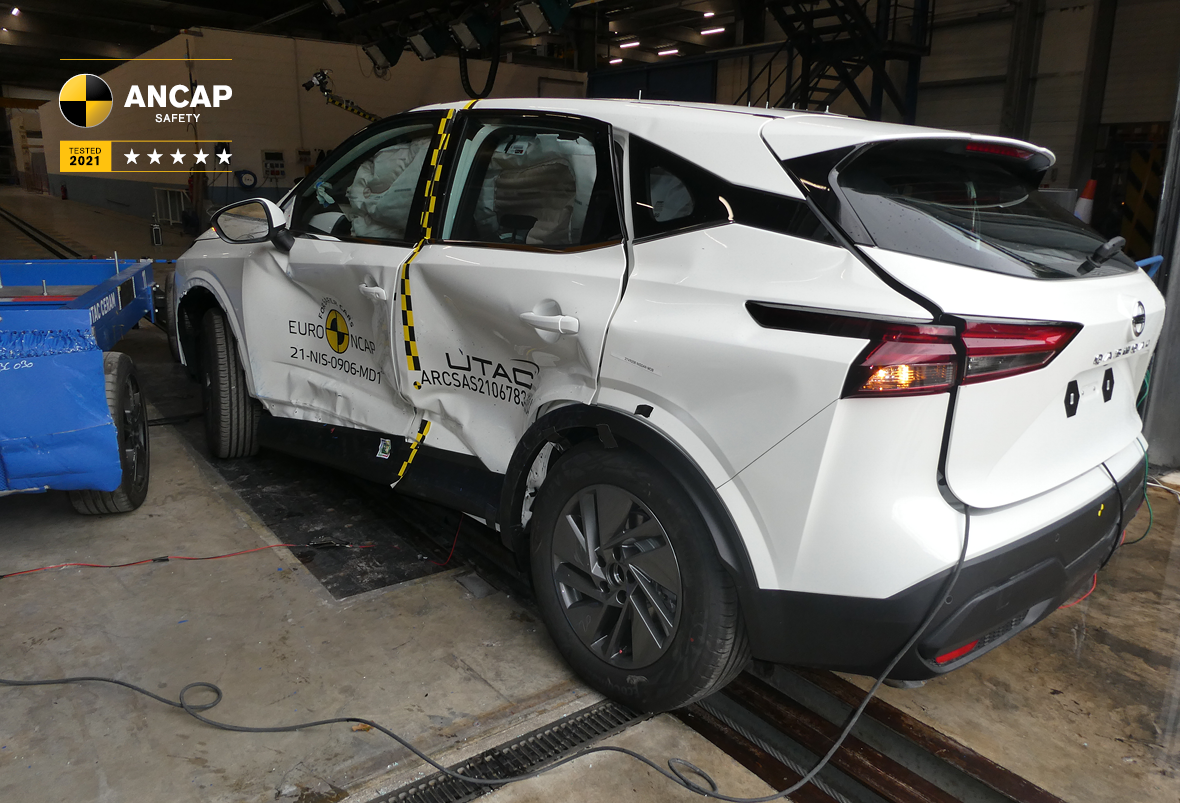 News
News2023 Nissan Qashqai scores five-star safety rating
Gets second highest ever score in Safety Assist assessment
-
 News
News2023 Nissan Qashqai Australian pricing and features confirmed
The all-new Qashqai has landed in Australia and prices are up between $3300-8300 depending on trim
-
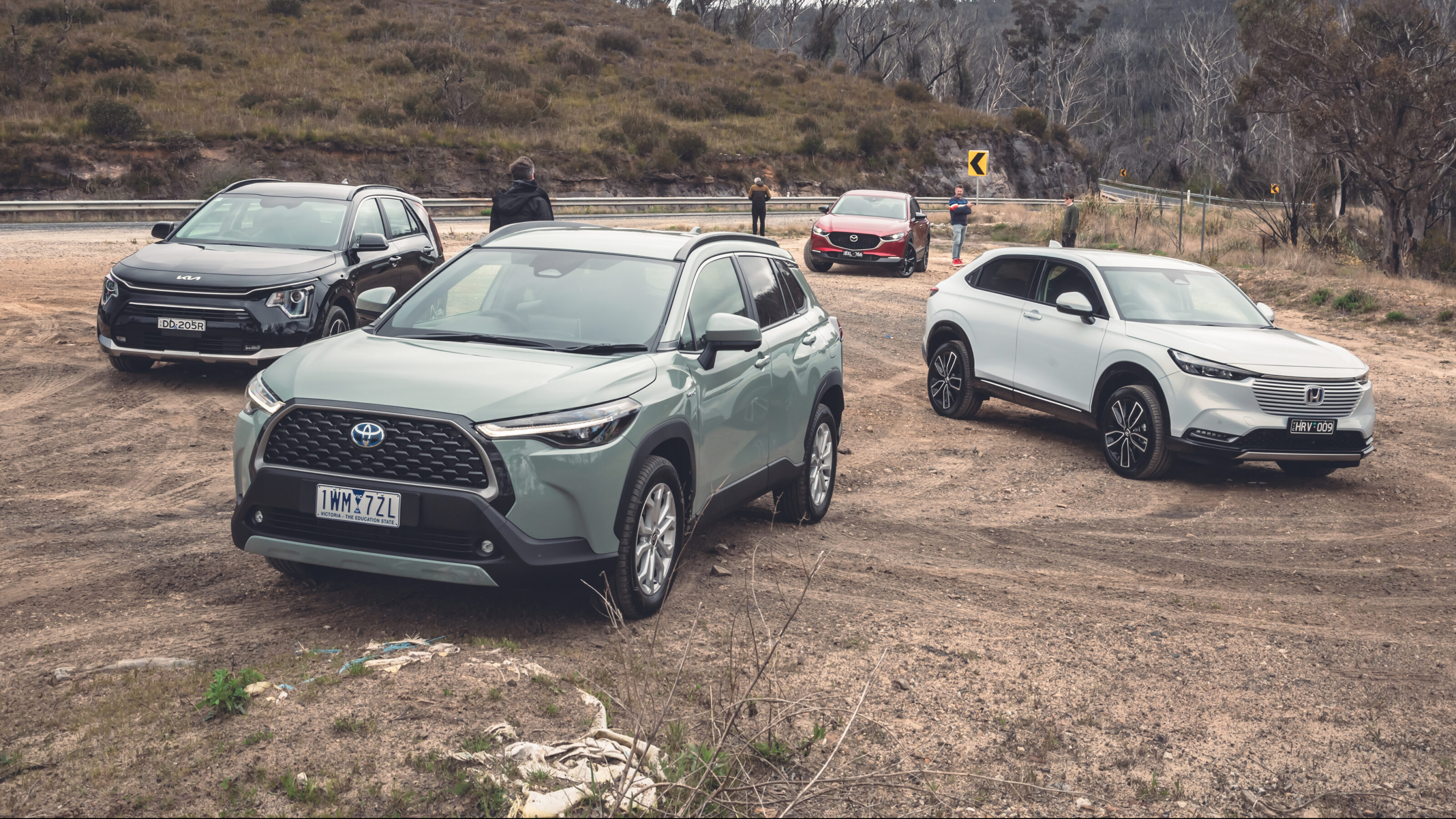 Comparisons
ComparisonsBest small hybrid SUV review: 2023 HR-V v Corolla Cross v Niro v CX-30 (petrol)
The increasingly important small SUV category has been crying out for new under-bonnet tech and better interior packaging. Are these four up to the task?


